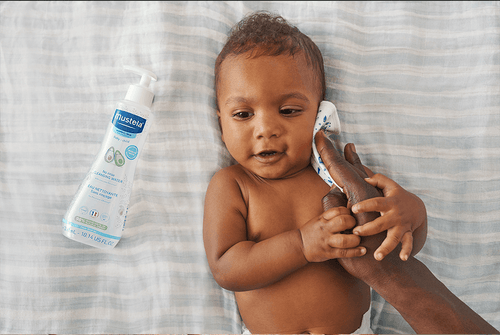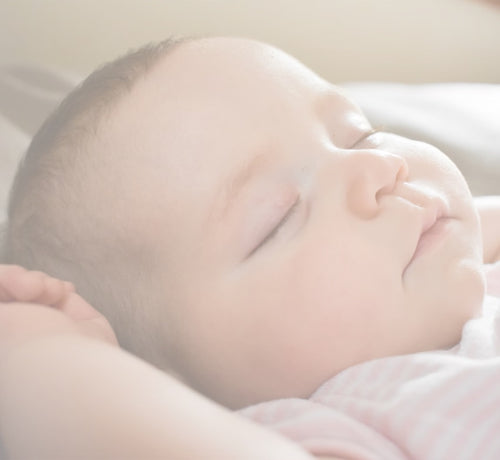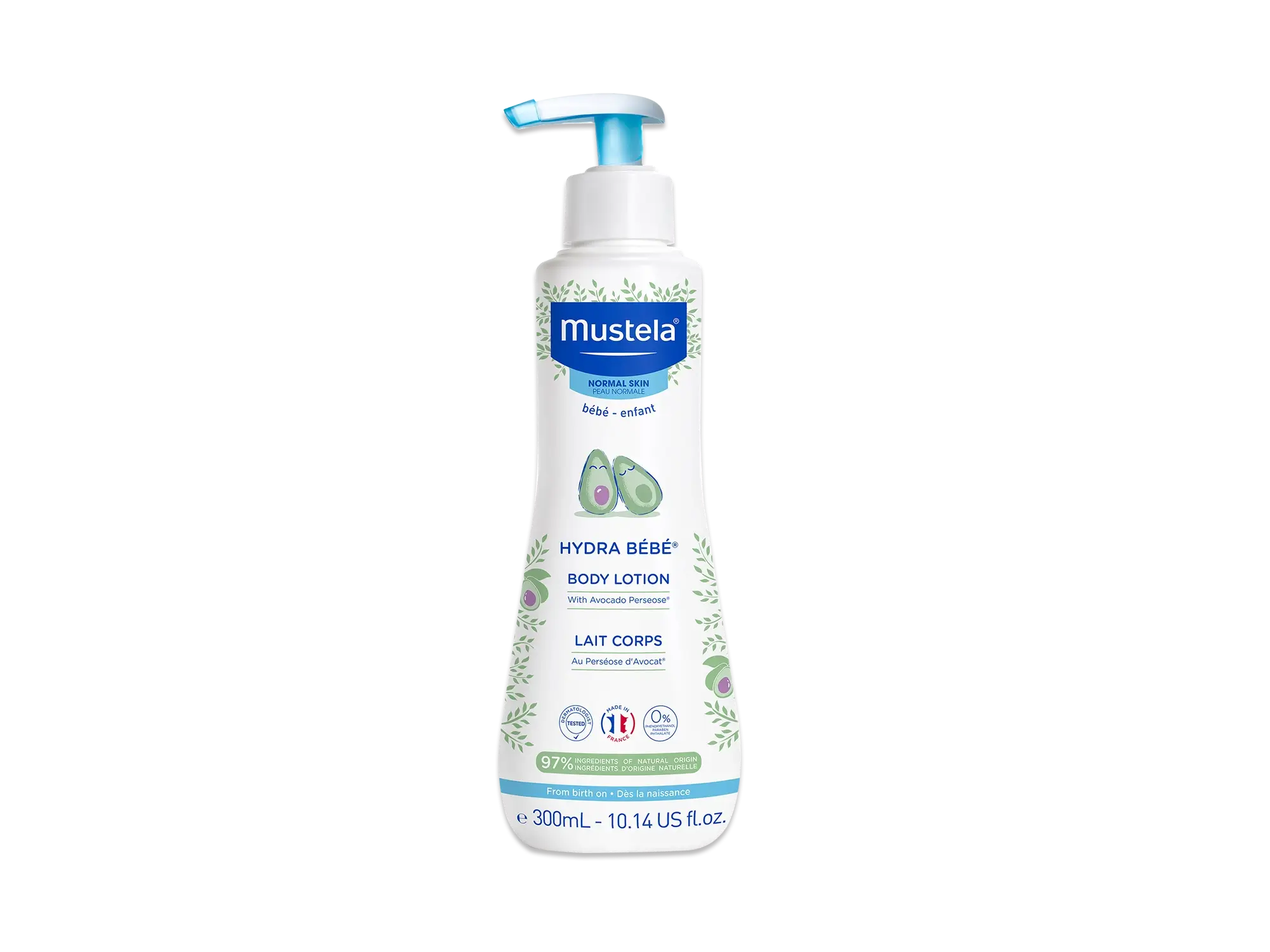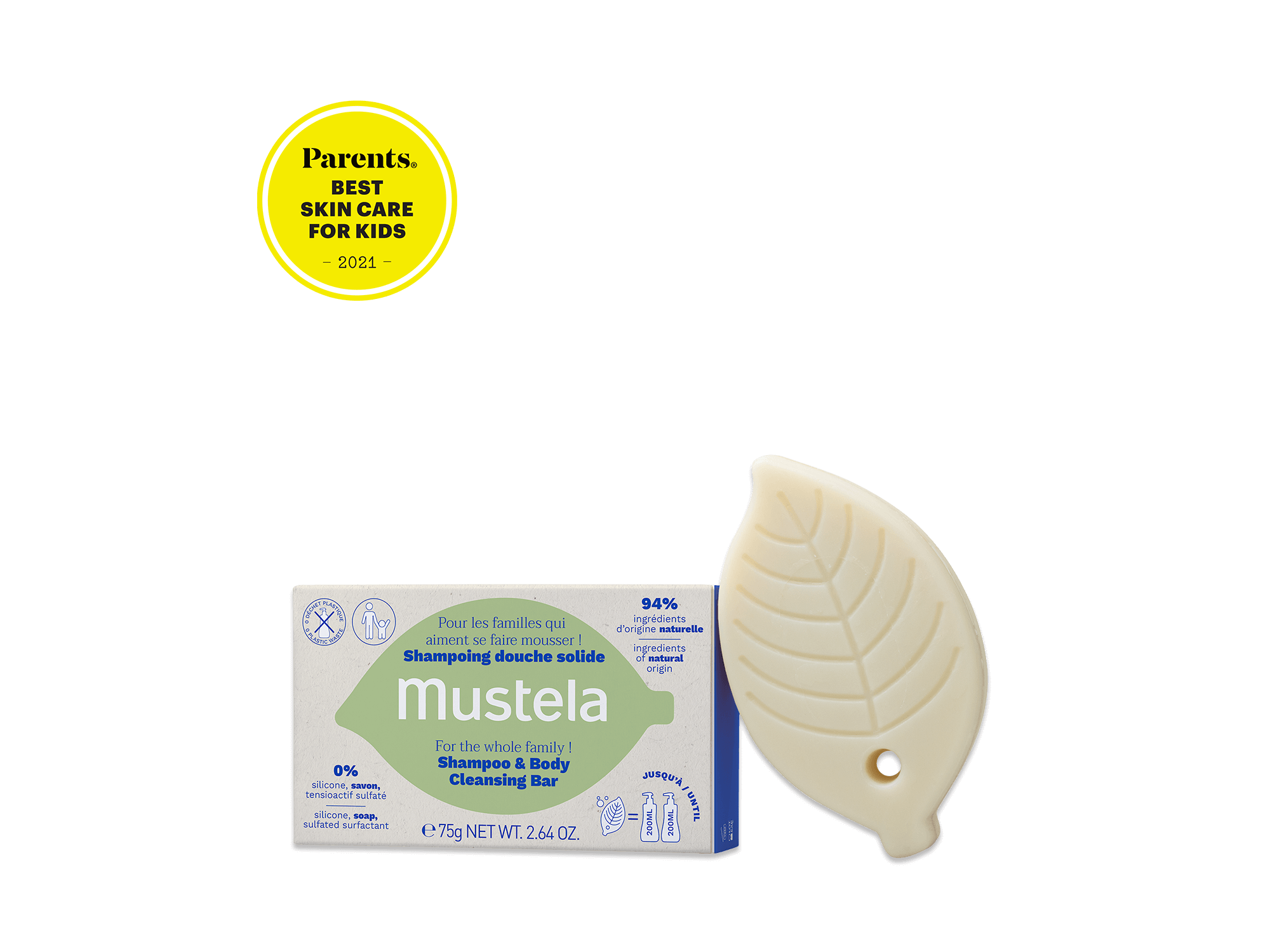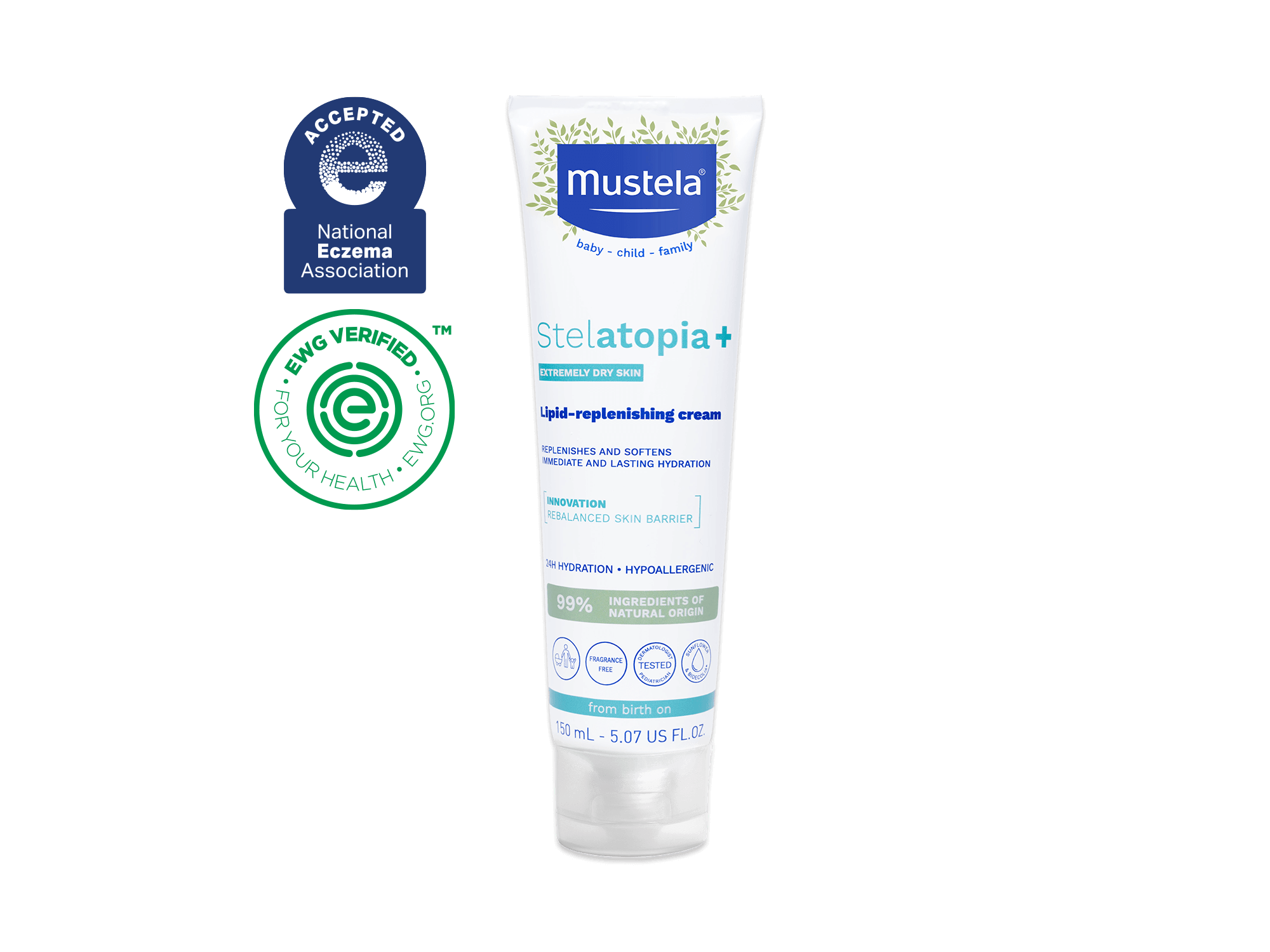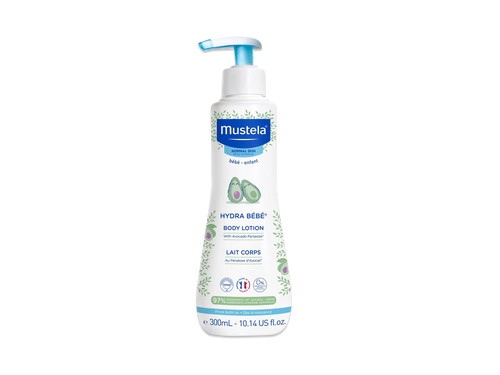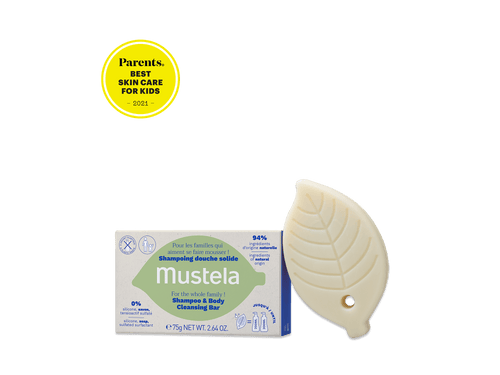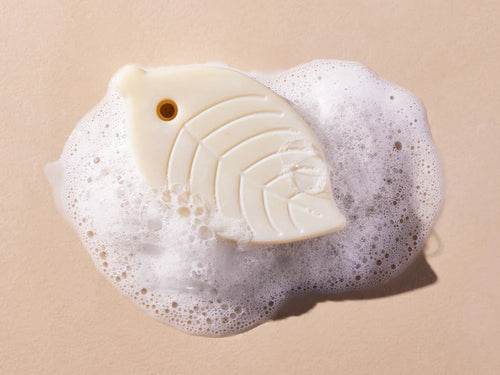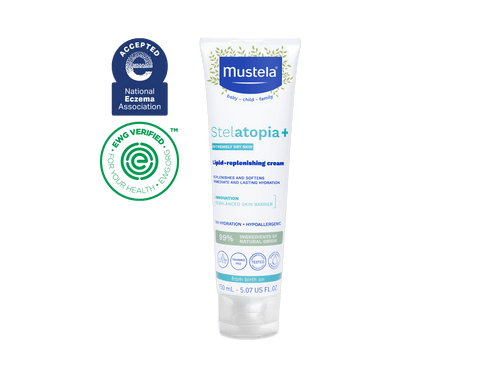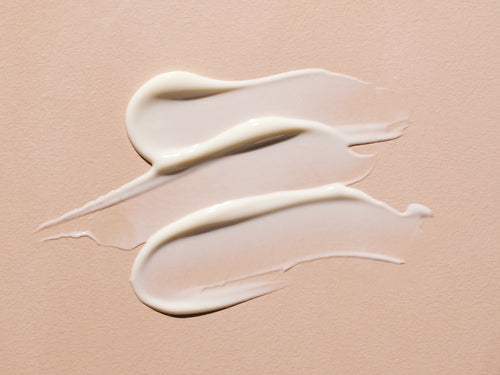Looking for a better, easier way to help your baby sleep? Discover their wake windows by age.
Setting up a sleep schedule that works for you and your little one can be a challenging and confusing thing to figure out. But with the help of wake windows, you’ll have a better idea of when it’s time to put your baby down for a nap or for the night.
In this article, we’ll explore wake windows by age and discuss ways you can use these time ranges to give your little one the best sleep possible.
Table Of Contents
- What Are Wake Windows?
- The Importance Of Wake Windows
- Recommended Wake Windows By Age
- Finding The Right Wake Windows By Age
- Tips For Safe Sleep
What Are Wake Windows?

A wake window is the range of time that a baby or toddler is awake between naps or before going down for the night. More than that, a wake window is the amount of time doctors recommend that your little one can spend awake before becoming overtired.
Counting time for a wake window starts when you get your baby out of their crib, bassinet, or toddler bed and includes everything that happens until you lay them down again.
So, for example, if your newborn wakes up from a good night’s sleep at 7 a.m. and you get them up for a feeding, the wake window starts then. After the feeding, you might give them a bath and enjoy a bit of playtime together until you notice them getting sleepy again at 8 a.m.
That hour between 7 a.m. and 8 a.m. is one of many 60-minute wake windows for your child throughout the day.
After their 8 a.m. rest, they’ll be up for another hour before going back down for another nap. That cycle of a wake window followed by a nap repeats throughout the day until bedtime and looks something like this:
7:00 a.m.: Wake, eat, play
8:00 a.m.: Nap
9:30 a.m.: Wake, eat, go for a walk
10:30 a.m.: Nap
11:30 a.m.: Wake, eat, play
12:30 p.m.: Nap
2:00 p.m.: Wake, eat, go for a walk
3:00 p.m.: Nap
4:00 p.m.: Wake, eat, play
5:00 p.m.: Nap
7:00 p.m.: Wake, eat, play
8:00 p.m.: Bedtime
Keep in mind that this schedule is just for illustration purposes. Though their wake windows by age will be fairly consistent (60 minutes in the example above), every baby will nap for different amounts of time and be ready for bed at a different hour of the night.
As we’ll discuss later in this article, the key is to find what works for you and your little one.
The Importance Of Wake Windows

Many new parents ask, “Why are wake windows important?”
As we mentioned earlier in this article, a wake window is the amount of time your newborn, baby, or toddler can spend awake before becoming overtired.
So, a wake window that is too long can cause your baby to become overtired. And an overtired baby often struggles to calm down enough to fall asleep or, once there, stay asleep for any beneficial amount of time.
On the other side of the coin, a wake window that is too short can result in a baby who isn’t ready to fall asleep and may only take a tiny catnap before wanting to get up again.
But when you find just the right wake windows by age — not too long and not too short — you’ll set your little one up to fall asleep easier, stay asleep longer, and experience better, more restful sleep overall.
Recommended Wake Windows By Age
Below, we’ve listed the recommended wake windows by age that will help you determine how long your child can stay awake without getting overtired and how frequently they should be sleeping.
0-4 weeks: 35 to 60 minutes
4-12 weeks: 60 to 90 minutes
3-4 months: 75 to 120 minutes
5-7 months: 2 to 3 hours
7-10 months: 2.5 to 3.5 hours
11-14 months: 3 to 4 hours
14-24 months: 4 to 6 hours
Every baby is different, so no two sleep schedules will be exactly the same. Similarly, no two babies will have the exact same wake window.
Your four-week-old may stay awake a bit longer than 60 minutes or be ready for a nap after only 30 minutes awake.
Use these recommended wake windows by age as a general guideline to help you find the schedule that works for your little one. Knowing your baby’s wake windows will help you organize your day around when you anticipate baby will be awake and asleep.
But keep in mind that your little one probably won’t have a consistent routine until they’re four to six months old.
Finding The Right Wake Windows By Age

1) Start With The Recommended Wake Windows By Age
Creating a beneficial sleep schedule for your baby can be a hit-or-miss activity. But, with the recommended wake windows by age listed in the previous section, you’ll have a better idea of where to start.
For example, let’s say you want to get your eight-week-old baby on a more consistent schedule. You find that their wake window range is 60 to 90 minutes.
Remember, though, that these numbers are just a recommendation and that your little one may need less or more time awake than the 60 to 90 minutes listed above.
That’s why the next two steps in finding the right wake window for your baby are so important.
2) Watch The Length And Quality Of Your Baby’s Naps
So, let’s say that your newborn has been awake for 75 minutes, and you decide to put them down for a nap. Take note of the length and quality of their nap.
If they only nap for a short time (say, 15 to 20 minutes) and their sleep is fitful, they may need more time awake (closer to the 90-minute mark) in order to tire themselves out.
If, on the other hand, they nap for a long time (an hour and a half or more), they may need less time awake (closer to the 60-minute mark) so that they’re not so tired.
Watching the length and quality of your baby’s naps is a helpful way to gauge whether you’ve found the right wake window. Use it in conjunction with the next step to really dial in your little one’s sleep schedule.
3) Look For Baby’s Sleep Cues
Observing your baby’s sleep cues is another easy and effective way to determine wake windows by age and when it’s time for a nap. Some cues that may indicate that your little one is sleepy include:
- Crankiness
- Fussiness
- Yawning
- Stretching
- Reduced playfulness
- Rooting
- Not making eye contact
- Less focus
- Redness around their eyes
- Sucking on their hand or fingers
- Waving their arms and legs
If your eight-week-old becomes cranky and begins struggling to stay awake 70 minutes after their nap, their wake window may be 60 or 65 minutes.
If your newborn is alert, happy, and active 75 minutes after their nap, their wake window may be 90 minutes or more.
With these three pieces of information — recommended wake windows by age, length and quality of naps, and baby’s sleep cues — you’ll be able to more accurately determine how long your little one can stay awake before it’s time for another nap.
It may take a bit of trial and error to find the right habits, but the results are well worth the effort.
4) Make Wake Windows Fun
For those hours that baby’s awake, it’s time to engage them. Making their wake windows active and fun will help them distinguish what to expect (and what to do) during “awake time” versus “nap time.”
At the very beginning, a diaper change, a meal, and maybe a bath will be all you can fit in. Keeping Mustela products close at hand will help make these tasks more enjoyable for all.
For diaper changes, our No Rinse Cleansing Water and Diaper Rash Cream 123 will keep them clean and comfy. And for the bath, our Bathtime Essentials Set is sure to make a splash.
Once they get older and wake windows get longer, you can get even more creative with the time together.
Ready to stimulate their senses while they’re awake? Try reading their favorite story, taking them on a walk, playing games, stacking blocks, or just enjoying a little tummy time.
5) When It’s Time To Sleep, Make It Count
To find the right wake windows, you’ll have to be sure their sleep time is the best it can be. Here are a few things you can do to set your baby up for a successful snooze:
Keep It Dark
Since baby’s sleeping on and off all day, you’ll have to figure out how to ensure their room is dark enough to get their zzzs. If it’s still too bright after turning off the lights and closing the shades, you may want to try blackout curtains.
Make Sure It’s Quiet
You’ll also have to ensure their room is noise-free. But as quiet as you are when baby’s napping, you can’t control everything — like if a neighbor decides to mow their lawn or a firetruck goes by.
If silence becomes a struggle, invest in a white noise machine. These work by emitting calming sounds — a consistent din, waves, or rainfall, for instance — that block out any other noises that would disrupt their sleep.
Lower The Thermostat
You want your baby to be comfortable when they sleep — not too hot and not too cold. Although exact temperature recommendations vary, it’s a good rule of thumb to set your thermostat to between 68 and 72 degrees Fahrenheit so it’s cool but not cold.
Lose The Electronics
In this day and age, it’s likely your baby has toys and gear in their room that light up or make noise. Be sure to turn them off or remove them at nap time, as they might disrupt baby’s sleep.
Also, TVs, computers, tablets, and phones emit blue light proven to interfere with their needed zzzs, so these should go off or out, too.
Consider A Humidifier
If your baby’s room is too dry, it may be hard for them to get a good sleep — especially if they have any nasal congestion (newborns get stuffy a lot). Putting moisture back into the air with a humidifier can help.
Pay Attention To What They Wear
When putting baby down to bed, you want to be sure they’re not over- or under-dressed. Babies can’t regulate their own temperature, so you’re in charge of their comfort.
Dress them in layers — the rule of thumb is one layer more than what you would wear to be comfortable in the room.
Since your little one shouldn’t have a blanket in the bed with them until they’re over one year old, consider a sleepsack for their outside layer. These safe, wearable blankets are designed to keep both arms and legs free so your baby can move around easily.
Sleepsacks come in a range of weights (called TOGS) — higher TOGS are heavier and suitable for cooler temperatures, while lower TOGS are lighter and perfect for when it’s on the warmer side.
Be sure to avoid any weighted sleepers, swaddles, or sleepsacks, however, as these are dangerous and can impede your baby’s mobility.
One more thing to note: When choosing their bedtime ensemble, opt for breathable fabrics and skip the hat (hats can make them overheat). If your little one suffers from eczema, try Mustela’s breathable Stelatopia Skin Soothing Pajamas to soothe eczema-prone skin overnight.
Try A Pacifier
If your little one is feeling a bit fussy, a pacifier can help calm them down. According to scientists, “non-nutritive sucking” — meaning sucking when they’re not feeding — is correlated to healthy baby sleep.
Here are a few safety rules to keep in mind if you use a pacifier to help your little one get their shuteye:
- Never use two-piece pacifiers, which can be choking hazards
- Opt for natural rubber pacifiers
- Don’t clip the pacifier to their bedding or their clothing while they sleep
- Clean their pacifier often, and replace it frequently
Although there’s no rule as to when they can start using a pacifier, you might want to hold off on giving them one until you’ve got your breastfeeding routine down pat so as to not confuse your little one.
Put Baby Down Sleepy (But Not Asleep)

Of course, your baby would rather snooze safe and cozy in your arms, but that isn’t the best plan for the long term.
“Drowsy but awake” is the name of the game when it comes to putting baby down to sleep. This allows them to learn how to self-soothe and nod off on their own.
6) Maintain A Pre-Nap Routine
As you transition your child into a sleep schedule based on the wake windows by age discussed in the article, do your best to maintain a consistent pre-nap routine.
Such a routine has predictable steps that you and your little one perform whenever it’s time for a nap.
For example, your routine may consist of the following steps:
- Head into the bedroom
- Dim the lights
- Put on soothing music
- Change their diaper
- Give them a baby massage with Mustela’s Melting Massage Balm
- Sit in the rocking chair
- Read a book
- Close the curtains
- Turn on the white noise machine
- Turn out the light
- Place them in their crib or bed
Of course, you don’t have to do all of the steps we mentioned, as long as your routine is calming and consistent.
As with finding your little one’s wake windows by age, settling into a good pre-nap routine may take a bit of trial and error. But, again, the results — better, more consistent sleep — are well worth the effort.
Once your little one is a toddler and naps are down to one a day, wake windows are not as much of a concern because, by then, their sleep pattern has stabilized and they’re in the groove!
Tips For Safe Sleep

With your little one taking so many naps each day, you want to follow all of the safe sleep recommendations of the American Academy of Pediatrics. Here’s what you need to know:
Always Put Them On Their Back
First of all, for babies under twelve months, any time you’re putting them down for a nap or for the night, you’ll want to place them on their back, as this is the safest position and will reduce the risk of SIDS.
Keep The Crib Bare
Although it may seem cute to have stuffed animals, blankets, or pillows in baby’s crib, doing so is dangerous. You want to live by the motto “bare is best” when it comes to your little one’s crib.
Take the minimalist route and keep it to your baby, the mattress, and a fitted sheet.
Let Them Only Nap On Safe-Sleep Surfaces
Babies take so many naps that it can be tempting to let them snooze wherever their eyes close. However, it’s important that you only let them doze off in a safe space — either a crib, travel crib, or bassinet.
Safe sleep surfaces are always flat and firm, and never inclined.
If they fall asleep in their bouncer, swing, or next to you on the couch, move them to their crib as soon as possible.
Don’t Bed Share
It may also be tempting to allow your little one to snuggle up with you in your bed, but this too is dangerous. Not only could you accidentally roll over onto them, but your bed likely has blankets, sheets, pillows, and other dangers that make it an inappropriate sleep surface for your little one.
Do Room Share
That being said, it’s highly recommended to room share. Let your baby be your new roommate, snug in their own bassinet or crib, right next to your bed.
Room sharing is recommended by the American Academy of Pediatrics for at least the first six months, and even better for the first year.
Make Sure Baby’s Mattress Is Firm And Breathable
Another important safety tip has to do with your little one’s mattress — you want to be sure that it’s firm. You’ll know if their mattress is firm enough if you push down on it and it pops back in place right away. If an indentation remains, it’s too soft.
On top of being firm, you also want the mattress to be breathable. Breathable mattresses allow for more airflow, making your baby less susceptible to overheating.
Ensure The Mattress Fits The Crib Properly
To know if your crib mattress fits properly, make sure that there are no gaps around the edges where baby could get stuck. If you can get two fingers in-between the crib and the mattress, the mattress is too small for the crib and poses a safety hazard.
Breastfeed
If you’re able to breastfeed, you may actually be helping keep your little one safe at night. According to studies, breastfeeding for at least two months decreases the risk of SIDS.
Help Your Baby Sleep Better
Wake windows by age are a valuable ally in helping your baby sleep better. Follow the tips in this article to find the time range that works best for them. And don’t forget to adjust as your baby grows!
Give your little one the best chance to sleep well by keeping them comfy and cozy come nap time or bedtime by stocking up on soft pajamas and safe, soothing baby products, like Mustela’s Baby Oil and Soothing Moisturizing Body Lotion.
Soon, your baby — and your entire family — will enjoy restful nights and happy, energized days!

